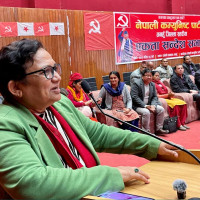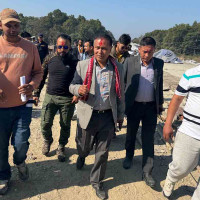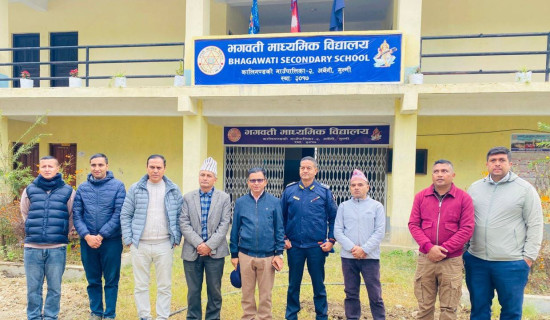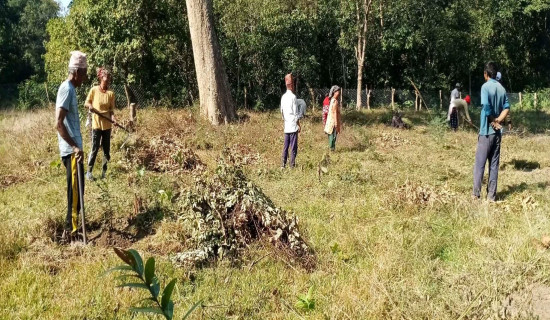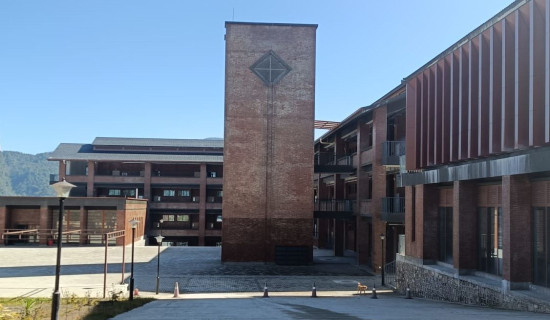- Saturday, 13 December 2025
Tackle Out-migration
As Nepal’s population growth rate sees a steep decline at 0.93 per cent, it faces another bitter reality – the number of people leaving the country has almost doubled in the last 20 years. This might turn the nation’s resolve to cash in on the demographic dividend into mere rhetoric. Policymakers and authorities often claim that the country stands to benefit from the active population (65.5 per cent), but in the absence of appropriate policy and opportunities at home, youths are deserting their native land in search of better livelihood and education prospects abroad. It is a matter of deep worry that a record number of people have gone to foreign soils to work and settle there. This has been disclosed by the National Statistics Office's analytical report on migration from the National Census-2078, made public on Tuesday.
Around 3.3 per cent of the total population abandoned the country, states the 2058 B.S. census. After twenty years, this number rose to 7.5 per cent, an alarming trend with serious repercussions for the nation. From a gender perspective, the share of men is high among those leaving the country. Around 82.2 per cent of men and 17.8 per cent of women left the country. More than 49.40 per cent of people aged between 20 and 29 chose to go abroad for work. More than three-quarters of the population living outside the country falls into the 15 to 34 age group. The authorities have warned that if this trend continues in the next three decades, the country will face an acute shortage of human resources. Internal and external migration has been global phenomenon. People migrate to cities and then outside the country in search of greener pastures.
The report also sheds light on various dimensions of internal migration. The latest census reveals that more than 8.239 million people (29.2 per cent) moved from one place to another inside the country in the last one decade. Around 32 per cent of people from the hills, 29 per cent from the Tarai plains and 14 per cent from the Himalayan regions migrated internally. In the last five decades, the number of people shifting to Tarai increased fourfold, perhaps due to the facilities concentrated there. Similarly, half of the total population moved to Bagmati Province, which contains the capital city of federal Nepal. In the next three decades, the country's population will hit 33 million, with a growth rate around 0.39 to 0.64 per cent. The reasons behind the slow population growth rate are a rise in the dependent population, a delay in the childbearing age and a decline in the reproductive rate.
However, countries adopt policies to address emerging demographic challenges. One effective strategy to deal with the out-migration is to ensure inclusive development. If the basic facilities related to health, education and livelihoods reach every nook and corner of the country, the tendency to shift to the cities and outside the country will likely decline. The 2078 census data are highly useful for understanding the factors causing the rapid out-migration of people and taking measures to keep them within the country. Now, the focus must be on building basic infrastructures in both hills and the Tarai belt. Migration is a natural thing but the way it is taking place in Nepal will hold back its peace and prosperity in the long run. Competent workforces are essential for development. When they desert the nation, it will be buffeted by social, economic and cultural crises.

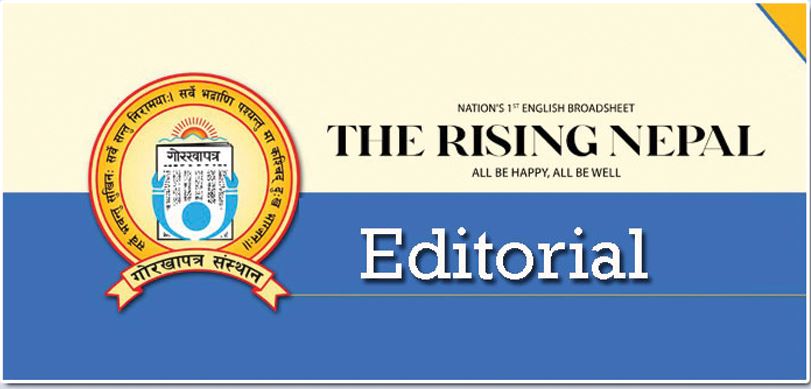

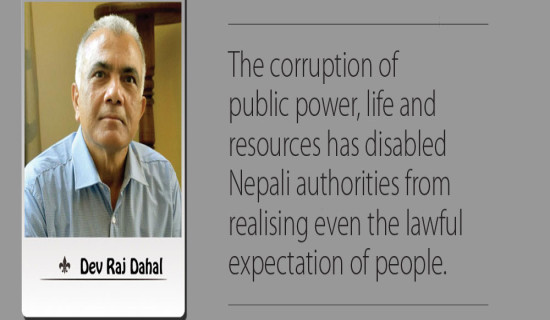
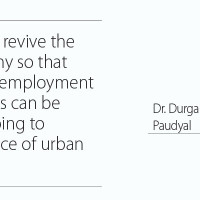

-original-thumb.jpg)
